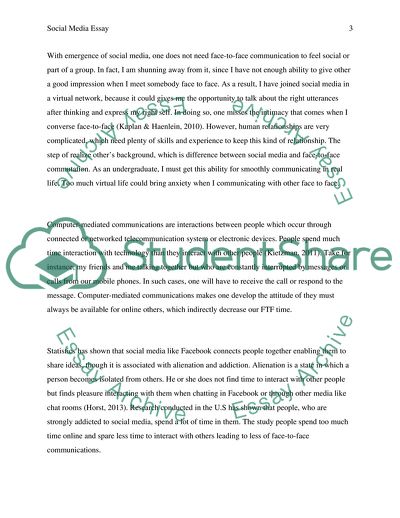Cite this document
(Social Media Essay Example | Topics and Well Written Essays - 1250 words, n.d.)
Social Media Essay Example | Topics and Well Written Essays - 1250 words. https://studentshare.org/media/1856516-social-media-essay
Social Media Essay Example | Topics and Well Written Essays - 1250 words. https://studentshare.org/media/1856516-social-media-essay
(Social Media Essay Example | Topics and Well Written Essays - 1250 Words)
Social Media Essay Example | Topics and Well Written Essays - 1250 Words. https://studentshare.org/media/1856516-social-media-essay.
Social Media Essay Example | Topics and Well Written Essays - 1250 Words. https://studentshare.org/media/1856516-social-media-essay.
“Social Media Essay Example | Topics and Well Written Essays - 1250 Words”. https://studentshare.org/media/1856516-social-media-essay.


